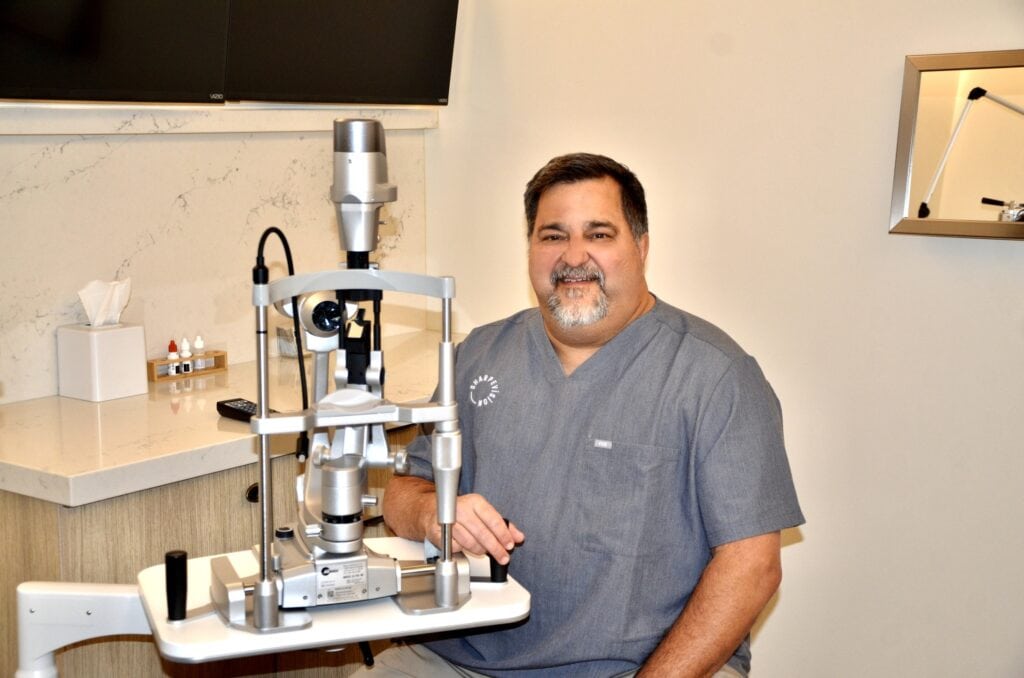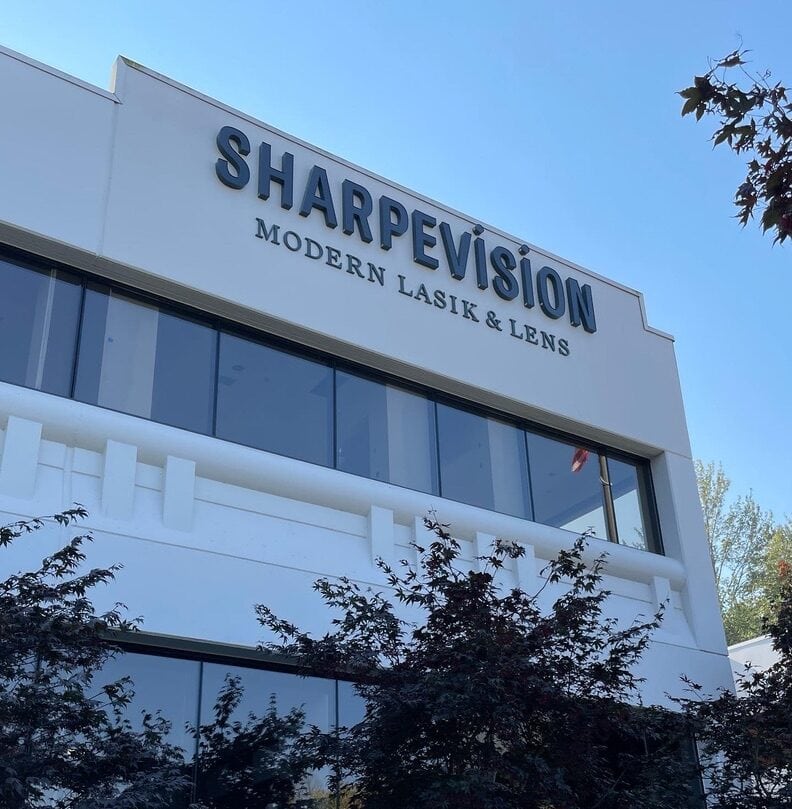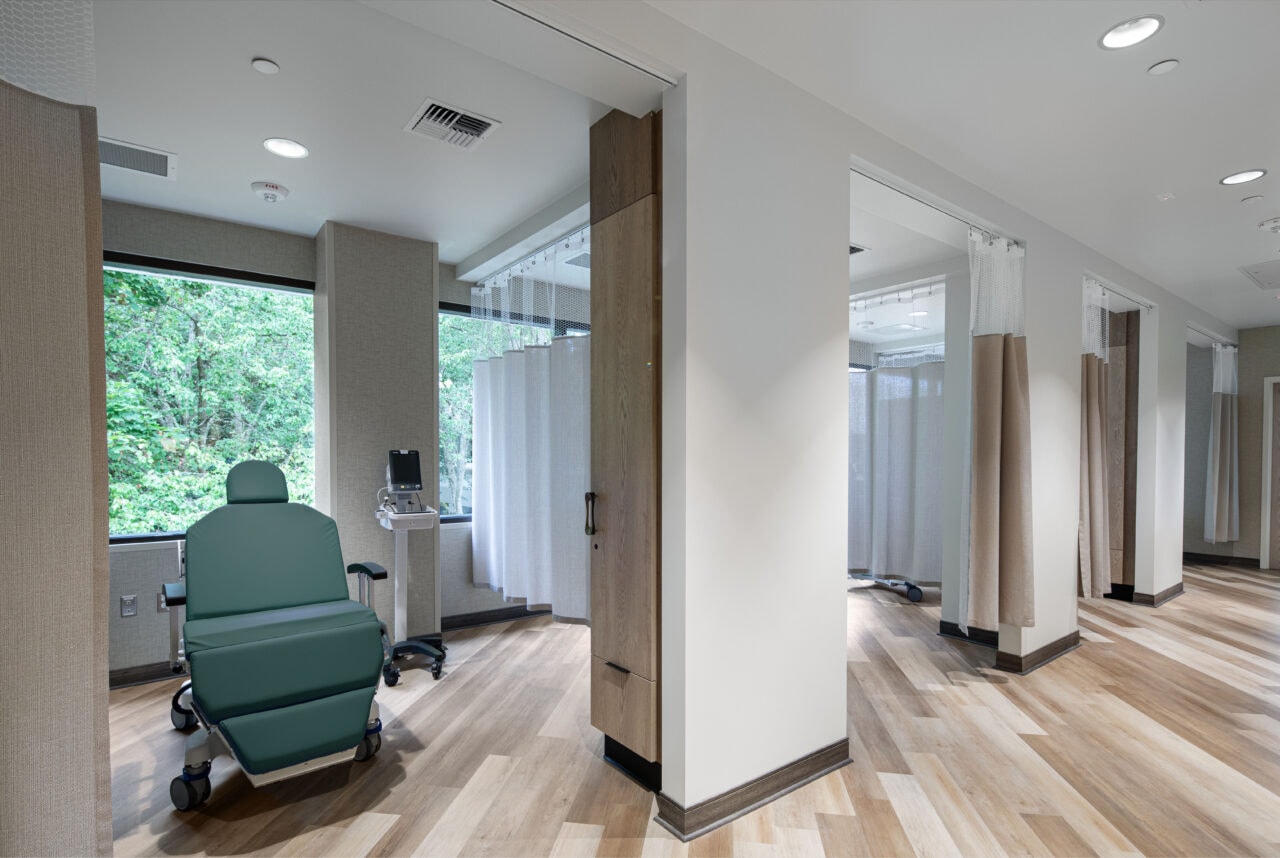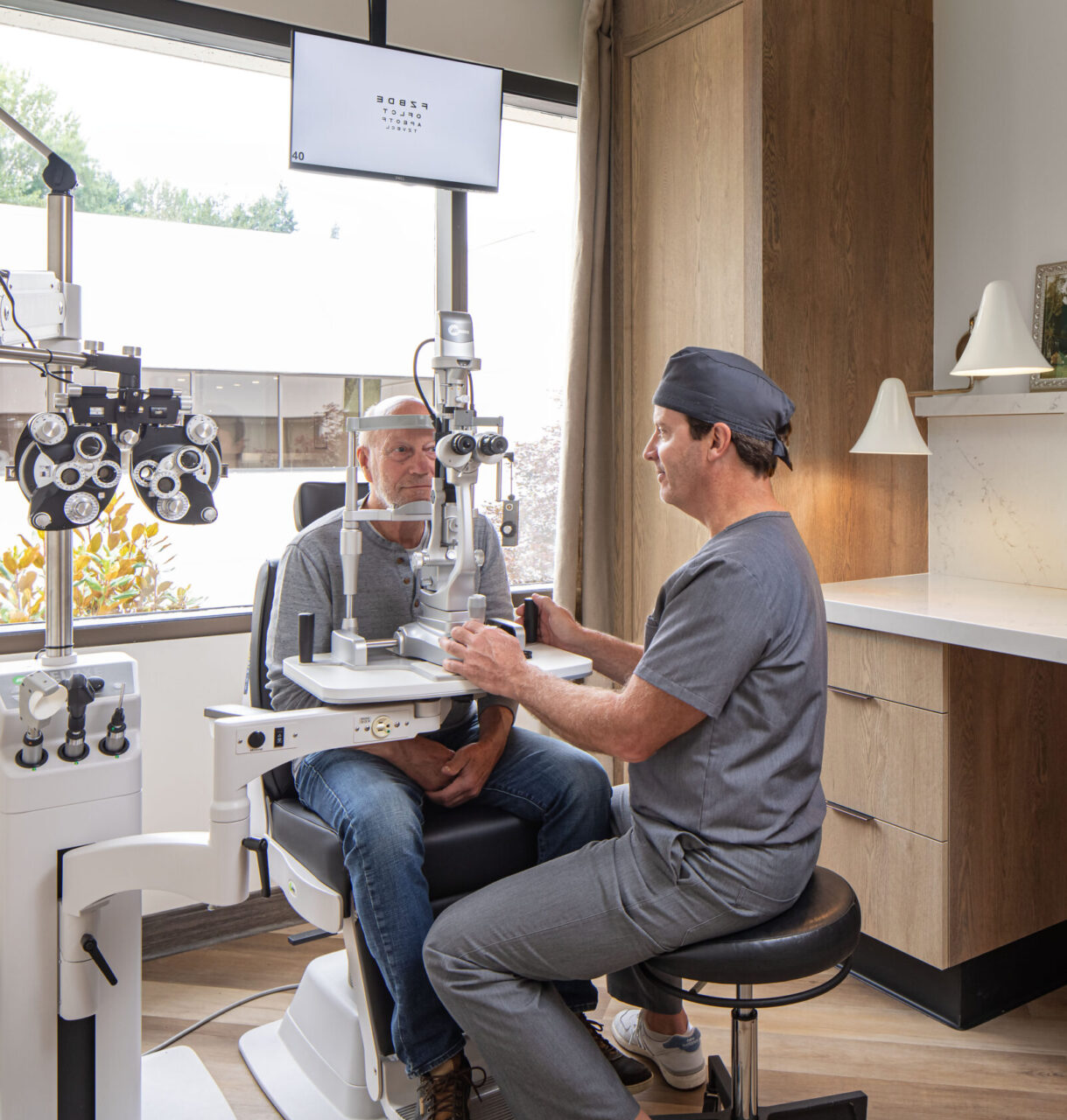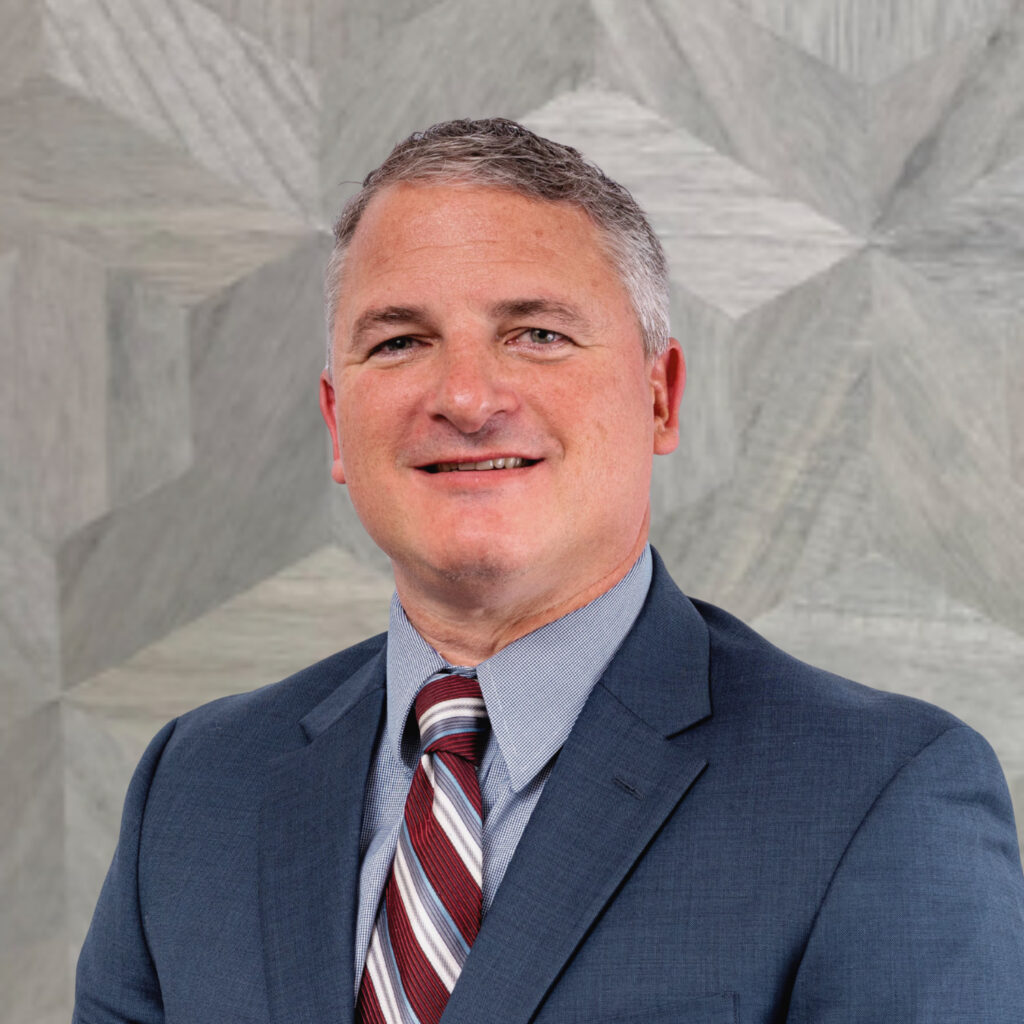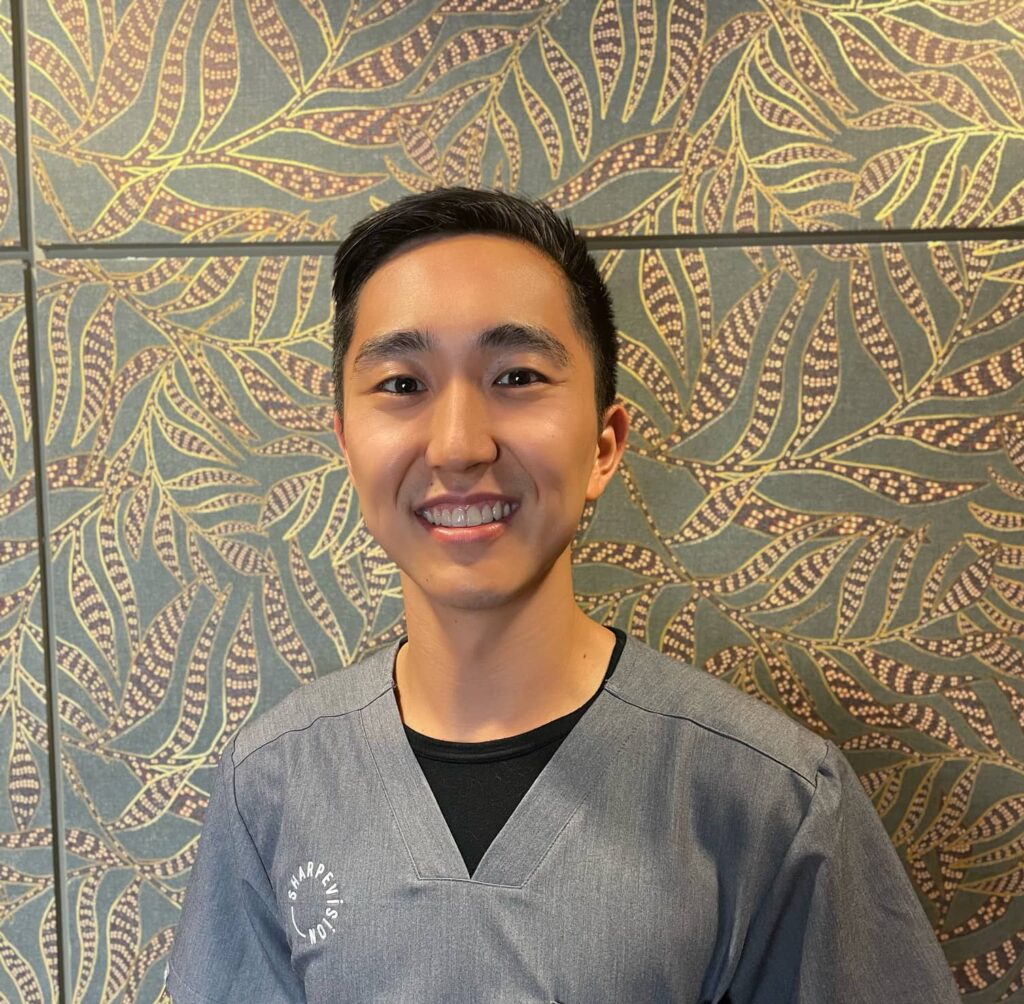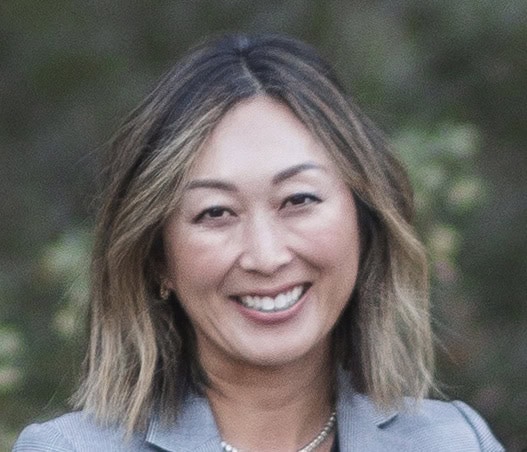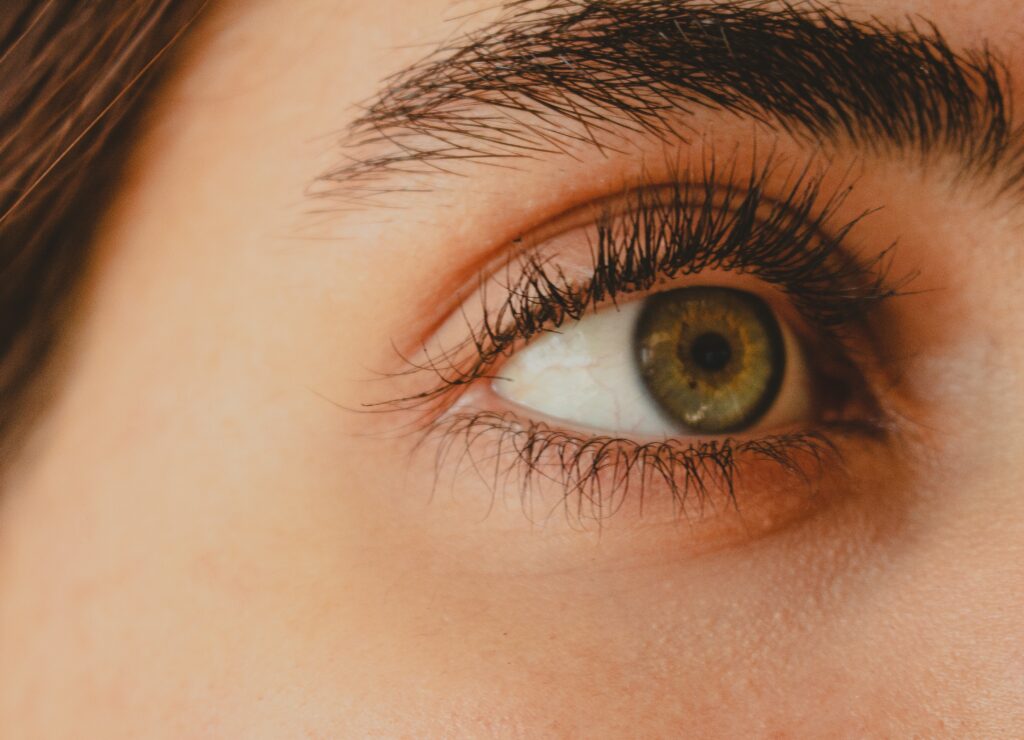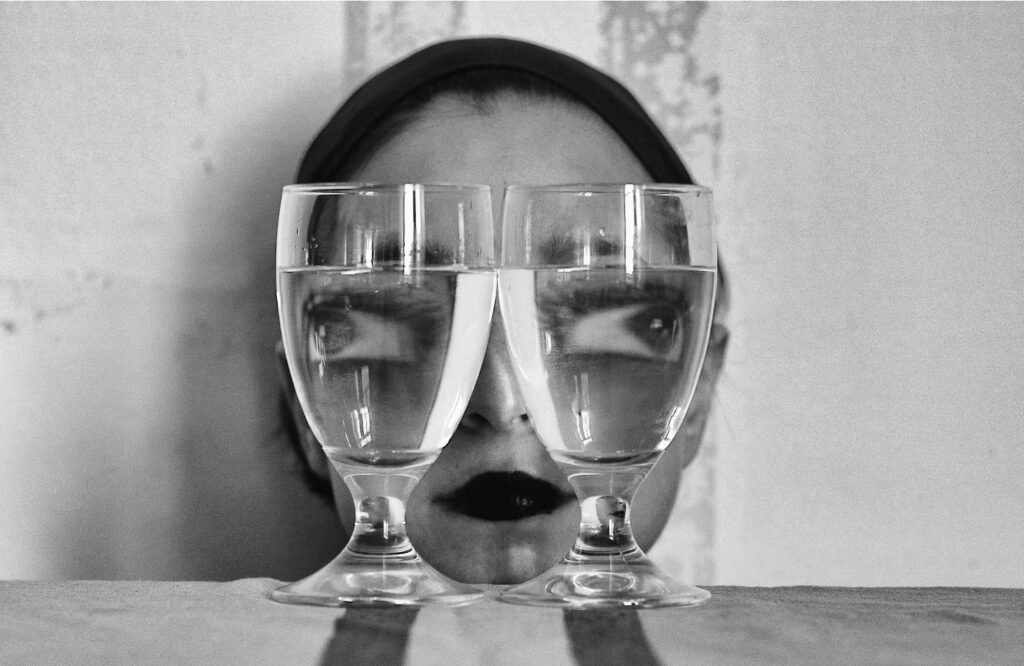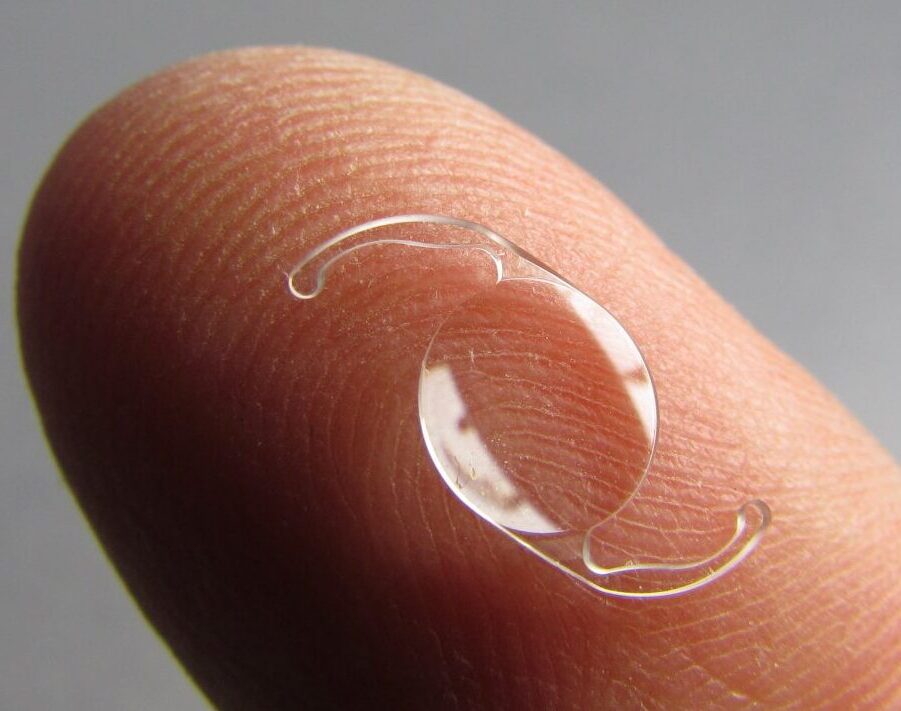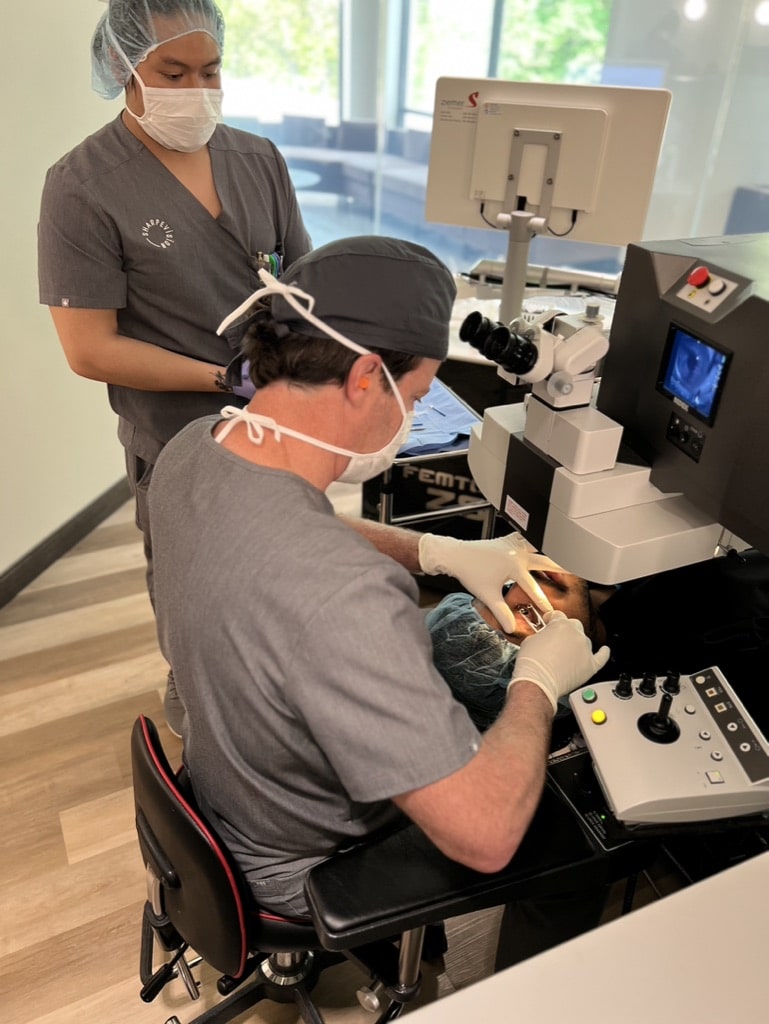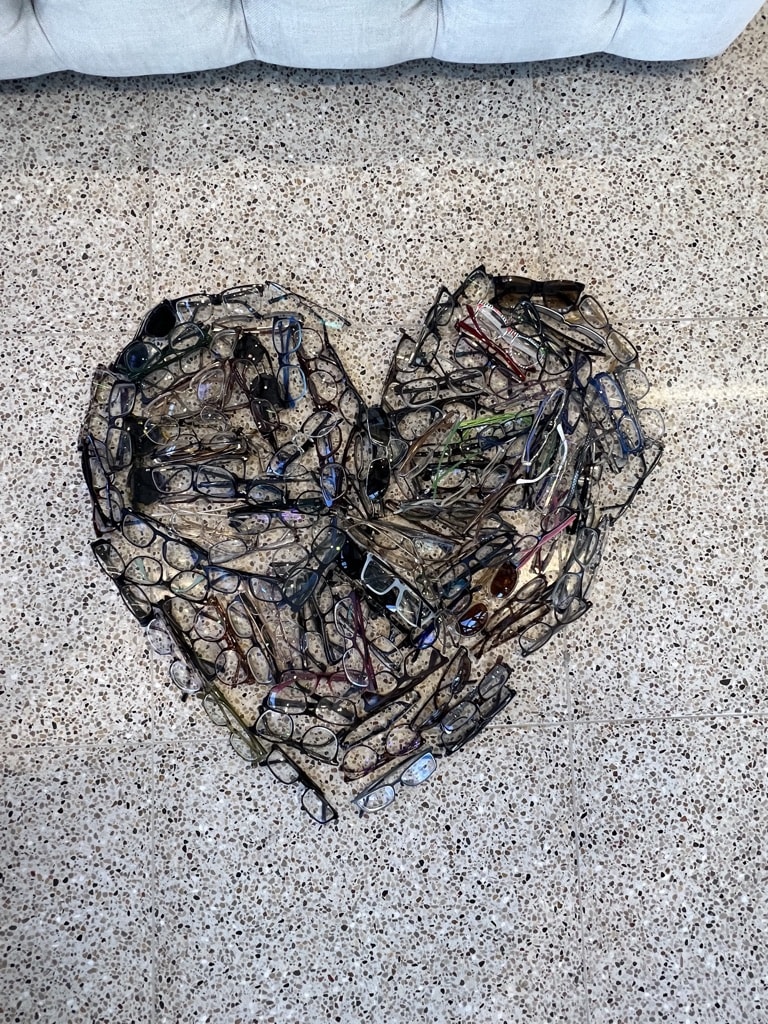Comprehensive Exam
A comprehensive, dilated examination is the only way to know if you have a cataract. Most of our cataract patients come to us knowing they have a cataract after being diagnosed by their primary care optometrist, but it is possible for a patient to come in for a general vision correction exam, and we discover a cataract.
Your cataract exam involves comprehensive diagnostic testing because every eye varies in size and shape. Our advanced 3D imaging builds a 3D map of each eye that allows your surgeon to customize your IOL (intra-ocular lens) measurements and treatment plan to the uniqueness of each eye. Our cataract team will discuss the various IOL (inta-ocular lens) options with you based on your exam results, expectations, and insurance coverage. Your doctor will also prescribe anti-inflammatory and antibiotic eye drops that reduce swelling and the risk of infection. We’ll provide specific instructions on how to use them the day of your surgery.
*Good to Know: the complete exam can take up to 90 minutes. After all the data is collected, our doctors will examine you, discuss the treatment recommendation, and answer any questions you have. Your visit will include dilation of your pupils, which will affect your eyesight for about 4-6 hours, as you may have experienced with a routine eye exam.
Day of Procedure
Your surgery will be performed at our state-of-the-art Surgery Center right across the hallway from our Cataract clinic or at Overlake Hospital, depending on your specific needs (98% of our surgeries are done at our ASC). When you arrive, you will be checked in and asked to sign an informed consent document. Then you’ll enter your pre-operative bay (with a personal locker) where your surgeon will meet with you to go over the surgical plan. Next, the anesthetist will give administer a MKO melt for sedation that you take orally. MKO, which stands for midazolam-ketamine-ondansetron, gently influences the central nervous system to provide relaxation and a quieter mind during the procedure. The best part- NO IV required! Your nurse will wheel you into the OR via your motorized chair-which turns into the surgical bed!- which means you don’t have to walk to and from the OR and worry about climbing in and out of a surgical bed.
During the procedure, eye drops are used to completely numb the eye—no needles are used at all. Your surgeon then uses a laser to create a tiny opening for accessing and removing the cataract. This opening is about 10 times more accurate with a laser than what is achieved by hand. The laser then softens and breaks up the hard cataract for a gentler, safer, and easier cataract removal. Your customized lens is then inserted, and the surgery is complete!
*If you are having your surgery at Overlake Hospital, you will be given an IV with medicine that will help you relax.
Post-Procedure
After your surgery, you will be wheeled back to your bay and spend a short period of time resting before the recovery team goes over your detailed post-operative instructions. Then you’ll gather your things, and we will discharge you from our care into the care of your ride home. You should expect to have blurry vision and mild soreness after the procedure. We will see you the very next day at SHARPEVISION MODERN LENS to make sure all is well!
